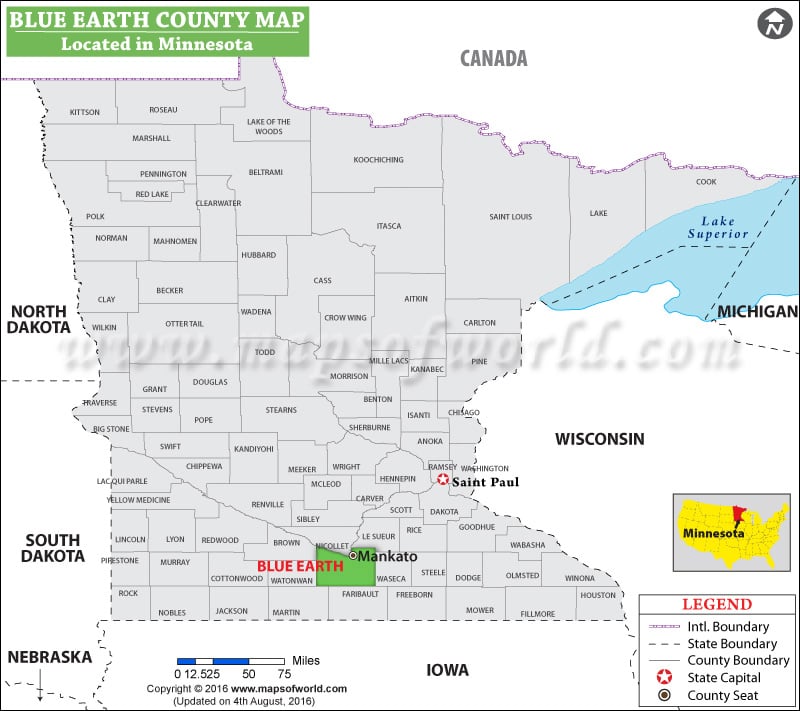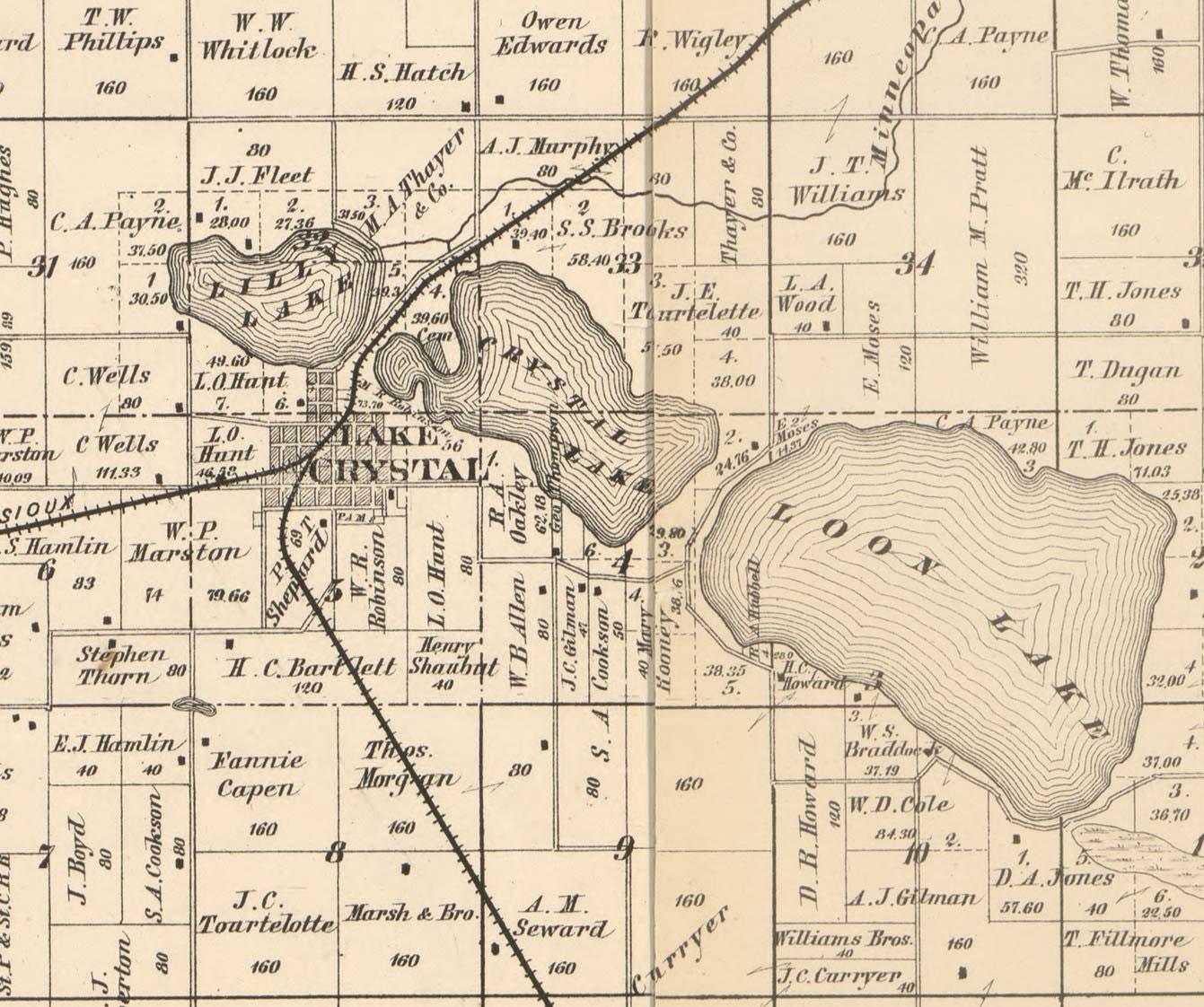Blue Earth County Historical Landmarks

Blue Earth County is home to a rich collection of historical landmarks that tell the story of the county’s past. These landmarks include buildings, sites, and monuments that have played a significant role in the county’s history.
Nestled amidst the vast tapestry of Minnesota, Blue Earth County stands as a vibrant hub of history and nature. Its tranquil rivers and verdant landscapes offer respite from the hustle and bustle of urban life. Yet, beneath this serene facade lies a poignant reminder of the devastating consequences of dam failure.
The collapse of the Le Sueur Dam in 1938 sent a torrent of water surging through the county, leaving behind a trail of destruction that forever etched itself into the annals of Blue Earth County’s past.
The following table lists some of the most notable historical landmarks in Blue Earth County:
| Name | Location | Historical Significance |
|---|---|---|
| Blue Earth County Courthouse | Mankato, MN | The Blue Earth County Courthouse is a historic courthouse that was built in 1890. It is a beautiful example of Richardsonian Romanesque architecture and is listed on the National Register of Historic Places. |
| Sibley House Historic Site | Mankato, MN | The Sibley House Historic Site is the former home of Henry Hastings Sibley, the first governor of Minnesota. The house was built in 1856 and is now a museum that tells the story of Sibley’s life and times. |
| Mount Kato | Mankato, MN | Mount Kato is a hill that overlooks the city of Mankato. It was the site of a Dakota Indian village in the 1800s and is now a popular recreation area. |
| Minneopa State Park | Mankato, MN | Minneopa State Park is a state park that is located on the banks of the Minnesota River. The park is home to a waterfall, a cave, and a variety of hiking trails. |
Blue Earth County Demographics and Economy
Blue Earth County is a vibrant community with a diverse population and a robust economy. This section explores the demographic makeup and economic landscape of the county, providing insights into its social and economic characteristics.
Population Demographics, Blue earth county
As of 2021, Blue Earth County had an estimated population of 68,408, with a slight majority of females (51.1%). The population is relatively evenly distributed across different age groups, with the largest proportion falling within the 25-44 age range (28.2%). The county is home to a diverse population, with the largest racial group being White (89.6%), followed by Black or African American (3.4%), and Asian (2.7%).
Economic Landscape
Blue Earth County has a diversified economy, with major industries including agriculture, manufacturing, and healthcare. The county is a significant producer of corn, soybeans, and hogs, contributing to its agricultural prominence. Manufacturing plays a vital role in the economy, with notable sectors including machinery, fabricated metal products, and food processing. The healthcare industry is also a significant employer, with several hospitals and clinics located within the county.
Blue Earth County Environmental Initiatives

Blue Earth County is dedicated to preserving and protecting its natural resources for future generations. The county has implemented several environmental initiatives to reduce its impact on the environment, including conservation efforts, renewable energy projects, and waste management programs.
Conservation Efforts
Blue Earth County has implemented several conservation efforts to protect its natural resources. These efforts include:
– Land conservation: The county has protected over 10,000 acres of land through its land conservation program. This land includes forests, wetlands, and prairies.
– Water conservation: The county has implemented several water conservation measures, including rain gardens, rain barrels, and low-flow toilets.
– Energy conservation: The county has implemented several energy conservation measures, including energy-efficient lighting, appliances, and heating and cooling systems.
Renewable Energy Projects
Blue Earth County is committed to developing renewable energy projects to reduce its reliance on fossil fuels. The county has several renewable energy projects in operation, including:
– Solar energy: The county has installed solar panels on several county buildings.
– Wind energy: The county has several wind turbines in operation.
– Biomass energy: The county is exploring the use of biomass energy to generate electricity.
Waste Management Programs
Blue Earth County has implemented several waste management programs to reduce the amount of waste sent to landfills. These programs include:
– Recycling: The county has a recycling program that collects paper, plastic, metal, and glass.
– Composting: The county has a composting program that collects food scraps and yard waste.
– Hazardous waste collection: The county has a hazardous waste collection program that collects household hazardous waste.
The Blue Earth County in Minnesota, named after the river that flows through it, is a rich tapestry of natural beauty and cultural heritage. The county seat, Mankato , is a vibrant city with a storied past and a thriving present.
As one explores the county, the interplay of nature and human history becomes apparent, painting a captivating portrait of a region that has witnessed both challenges and triumphs.
Blue Earth County, nestled in the heart of Minnesota, is a tapestry of serene landscapes. However, beneath its tranquil facade lies a tale of resilience. The rapidan dam flooding of 1991 etched an indelible mark on the county’s history, testing its mettle and forging an unyielding spirit.
Despite the challenges it faced, Blue Earth County emerged stronger, its legacy forever entwined with the lessons learned from that fateful event.
The landscape of Blue Earth County is marked by the meandering Minnesota River, which was once dammed at Mankato. In 1938, a catastrophic mankato dam failure unleashed a torrent of water, flooding the city below. Today, the county’s rich history and natural beauty continue to captivate visitors, reminding them of the enduring spirit of Blue Earth County.
The tranquility of Blue Earth County was shattered by a devastating event that reverberated through the state. The dam failure in Minnesota unleashed a torrent of water, leaving a trail of destruction in its wake. Yet, amidst the chaos, the resilience of the community shone through.
Blue Earth County rallied together, rebuilding homes and lives, and emerged stronger than before.